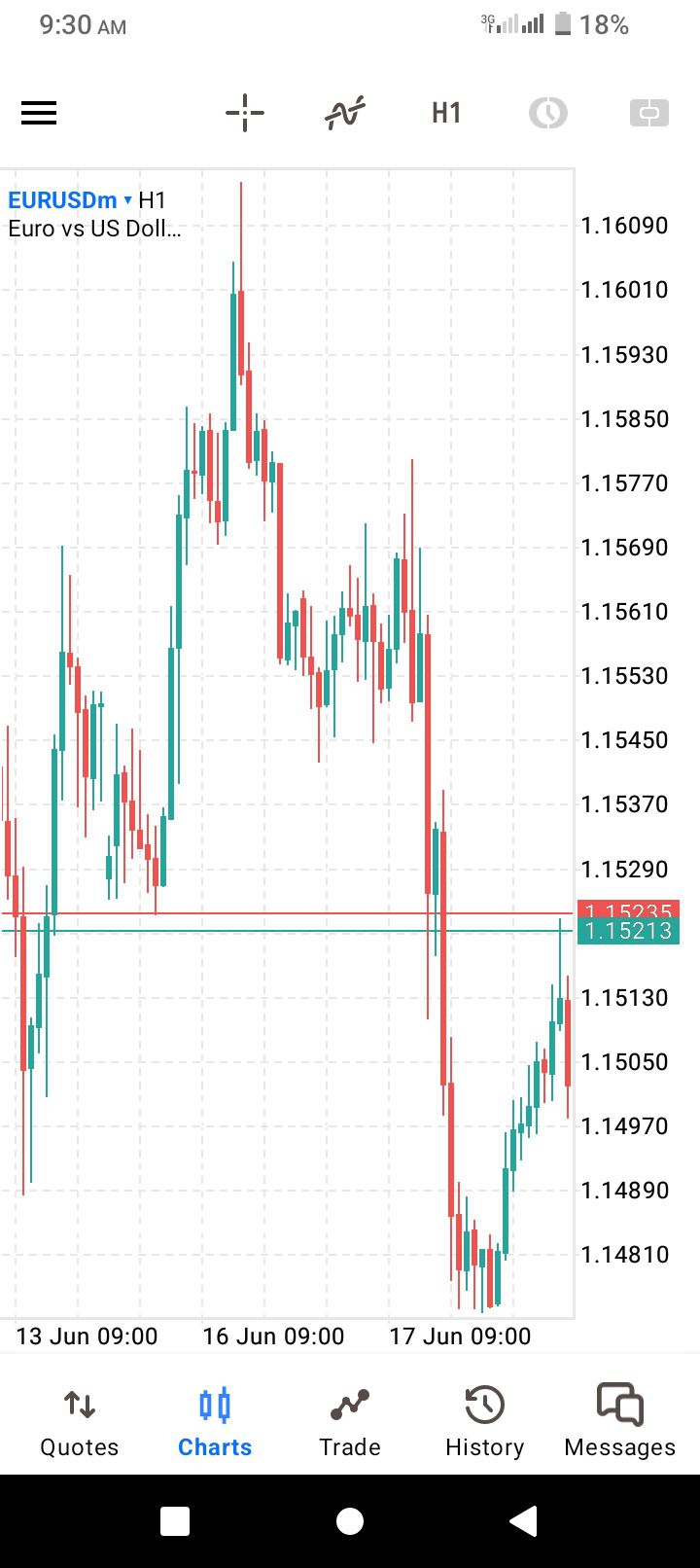Moving averages are one of the most widely used tools in forex trading. They help traders smooth out price data to identify the direction of a trend over time. Instead of focusing on short-term price movements, moving averages show the average price over a set number of periods, making it easier to spot overall market trends.
There are two main types: simple moving averages (SMA) and exponential moving averages (EMA). The SMA takes the average of closing prices over a specific number of periods, while the EMA gives more weight to recent prices, making it more responsive to current market conditions. Both types help traders determine if a currency pair is trending upward, downward, or sideways.
Traders often use moving averages to confirm trends or identify entry and exit points. For example, when the price is above a moving average, it may suggest an uptrend. When it is below, it could mean a downtrend. Many traders use two moving averages at once, such as the 50-day and 200-day. A common signal is the “golden cross,†where a short-term average crosses above a long-term one, indicating a potential buy. The opposite, a “death cross,†signals a possible sell.
Moving averages can also act as support or resistance. In an uptrend, the price may bounce off a moving average before continuing higher. In a downtrend, it might hit the average and fall again. These reactions give traders clues about market strength.
However, moving averages work best in trending markets and can give false signals during sideways or choppy price action. They lag behind current prices because they are based on past data, so they are not good for predicting sudden moves or news-driven spikes.
Still, moving averages remain a key part of many trading strategies. They are simple, versatile, and easy to understand, making them useful for traders of all experience levels. When combined with other tools like candlestick patterns or support and resistance levels, they help provide a clearer picture of the market and support better trading decisions.


